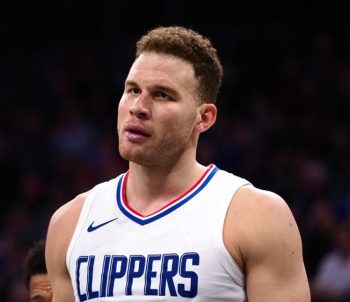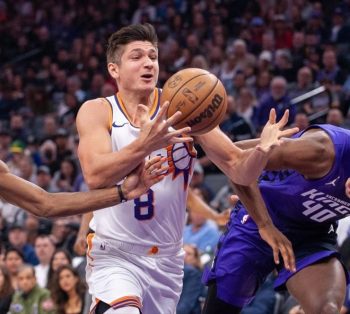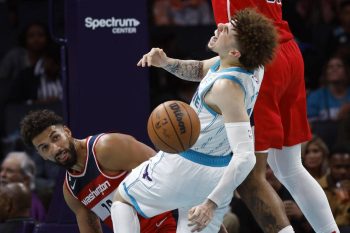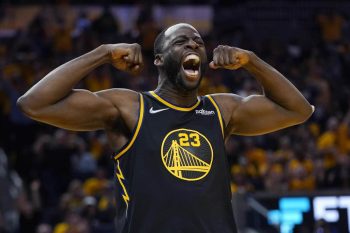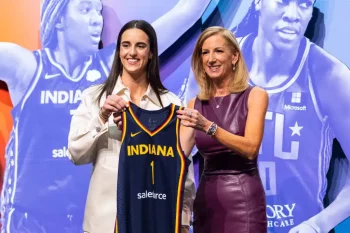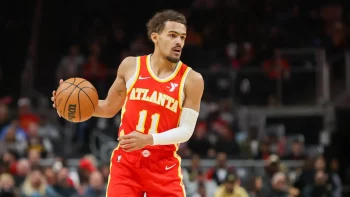NBA
Pulling Out Of The Draft Isn’t A Simple Decision
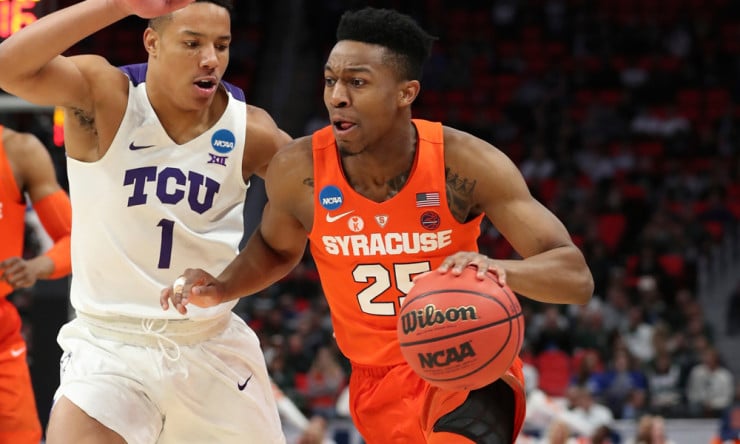
The Big Decision
The NCAA deadline for NBA Draft hopefuls to return to college was 12 pm EST Wednesday night, and roughly 70 players that had declared for the 2018 NBA Draft have announced their intention to return to school.
It is important to note that the NBA’s deadlines are not currently aligned with the NCAA deadlines, so an official list of players that have withdrawn won’t be issued by the NBA until after the deadline.
On the surface, for many of these players, the decision to return for one more season of college experience might seem easy. However, it’s actually a hard decision for a number of reasons, beyond just the notion of getting drafted.
Roles Change
It is not at all uncommon for a college team’s priorities to change from season to season. The role a player played last season may not be the same in the upcoming year. Coaches change, new players come into the program. Philosophies change.
Every player has to weigh whether the environment changes of a team will help or hurt their chances to improve, especially for the non-degree seeking players that are simply leveraging college for a chance to be a professional.
A player’s returning role becomes even more relevant for the players at huge recruiting schools like Duke, Kentucky and North Carolina, where a new crop of blue-chip recruits are coming on campus every season.
Will You Get Better?
Another factor draft prospects have to consider is this: will returning help them get better? On the surface that seems like an easy answer, but it might not be.
Some players have exhausted the coaching and training available to them at the college level. Some players need more gym time or more specialized training. Unfortunately, there are limitations imposed at the NCAA level on how much time coaches can spend with players, and if the team’s priorities are changing, will a returning player be the priority for the coaching staff that maybe they were last season?
Even if a player goes undrafted and ends up in the NBA’s G-League, they’ll have the chance to focus solely on improving as a player, and that’s a factor some players must weigh.
Eligibility
There is also the question of eligibility. In the case of South Carolina’s Brian Bowen, who got caught up in the on-going payment of player scandal at Louisville, He was advised that he would not be eligible to play next season as a result of the implication. And while he may go undrafted in the NBA Draft, he was not going to be eligible to play, making it an easier decision.
Unfortunately, for a number of players, their goals are strictly to get to the NBA, and they may or may not have taken the required coursework to remain eligible if they were to return.
Equally, some players find that the grind of the college athlete world isn’t worth it for them personally and they opt to stay in the draft class even if they may not get drafted.
More Than Just The Draft
It’s easy to think about declaring for the draft as a singular opportunity. However, the draft is simply one doorway into professional basketball.
After the draft, teams clamor for the chance to scoop up talented undrafted players and try to get them into their programs. This starts with Summer League invites.
Equally, it’s not at all uncommon for NBA teams to start making partial guaranteed commitments or even two-way contract commitments to secure a player they may have liked in the process but were unwilling to invest a draft pick into.
The appeal of the new two-way contracts for undrafted players is real. Even more so with the G-League increasing its base compensation for all players, making a two-way contract worth a maximum of $385,000 next season.
With 60 two-way contracts available to NBA teams, most fringe level draft prospects are seeing potentially sixty more professional jobs, making the draft pool more than just the sixty-first and second-round selections; and that is before you factor in the ten true roster spots per team in the G-League.
On the surface its easy to make pulling out of a draft class about the draft alone, but it’s a much bigger decision that a player must make. Especially when you consider that historically, most players that have “tested the waters” usually don’t improve their draft stock too dramatically the following year.
More Twitter: Make sure you are following all of our guys on Twitter to ensure you are getting the very latest from our team: @stevekylerNBA, @LangGreene, @EricPincus, @TommyBeer, @MokeHamilton , @jblancartenba, @Ben_Dowsett, @SpinDavies, @JamesB_NBA, @DennisChambers_, @MattJohnNBA, and @Ben__Nadeau .
